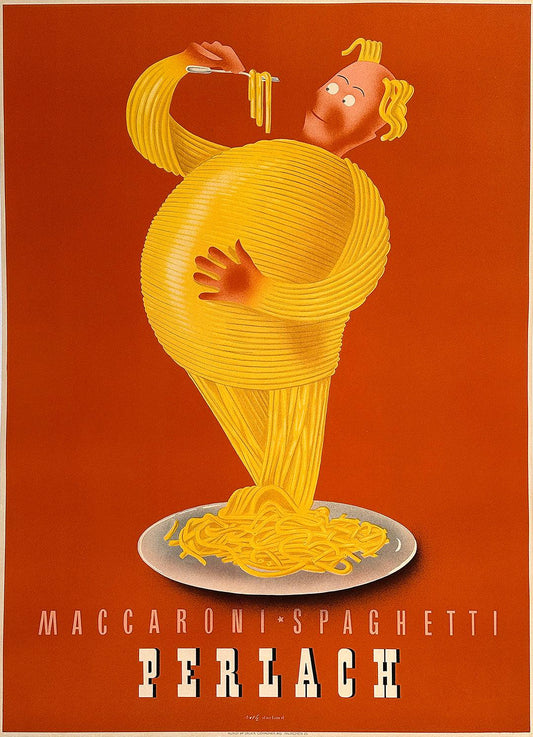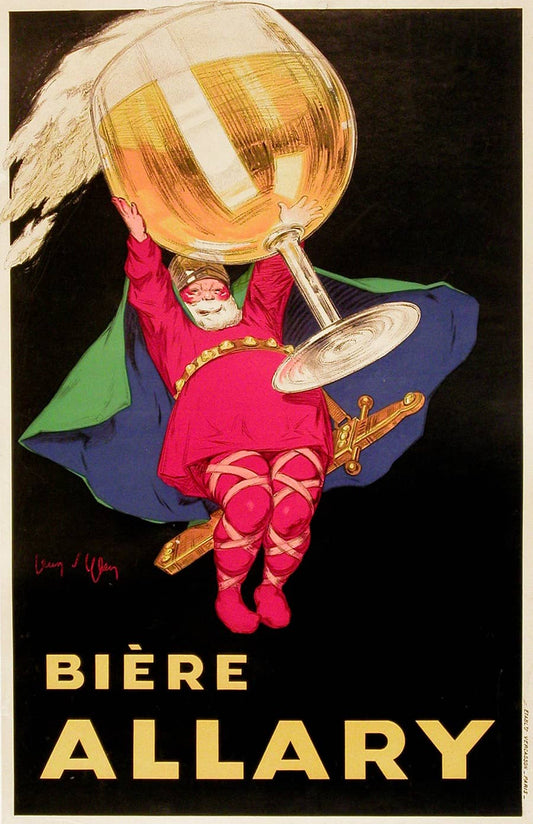
The Moulin Rouge in late 19th century France was a hotbed of hedonism, and artist Henri de Toulouse-Lautrec knew the Moulin Rouge well. As one of its most frequent visitors, he made this boisterous dance hall the most well-known through his depictions of it in his lithographs and paintings.
Toulouse-Lautrec's first stone lithograph of the Moulin Rouge was created in 1891, called Moulin Rouge: La Goulue (pictured above). It depicts Louise Weber, known as La Goulue or "The Gutton" dancing surrounded by the silhouettes of the crowd that she always drew. Also featured is Jacques Renaudin, in the foreground. Renaudin was known as Valentin le Desosse or "Valentin the boneless" because of his extreme flexibility and fluidity of movement while dancing.
Lautrec's Moulin Rouge: La Goulue advertisement was posted in Paris in December 1891 and is a flamboyant artwork that draws the audience into an already lively scene inside the Moulin Rouge. It features the famous La Goulue with her skirt and twirling leg in motion, reminding viewers that they could get more of a peek during her alluring dance of the Cancan, (which she is credited with having created). We see the dark silhouettes of not only men, but women in the very close up audience, looking as though they are just steps away from the performer...tempting the viewer by how close they can be to this flashy dance.

When we compare Lautrec's poster to Moulin Rouge by Jules Cheret done just a year or so earlier, it looks darker and more revealing. Cheret's Moulin Rouge (left) has brighter pops of color, shows the red mill of the theater and a curvy, smiling showgirl is featured. It conveys a very different message...while still tempting the passersby, it doesn't immediately draw them into the midst of the revelry.
The combined sensuality and darkness in Lautrec's Moulin Rouge leaves one with more of a feeling of what it was like to be a part of the scene. Cheret's image of the Moulin Rouge leaves us with a sense of joie de vivre - the overall goodness that invited patrons in without really giving them a glimpse of what they would find or feel once inside.
Both posters were effective advertisements for the now infamous dance hall. One cannot think of Paris and Montmartre without thinking of the Moulin Rouge, the artists who depicted it and the characters who performed in it. Equally beautiful, these posters serve as time capsules of this unforgettable piece of Paris at the turn of the century.
-js




